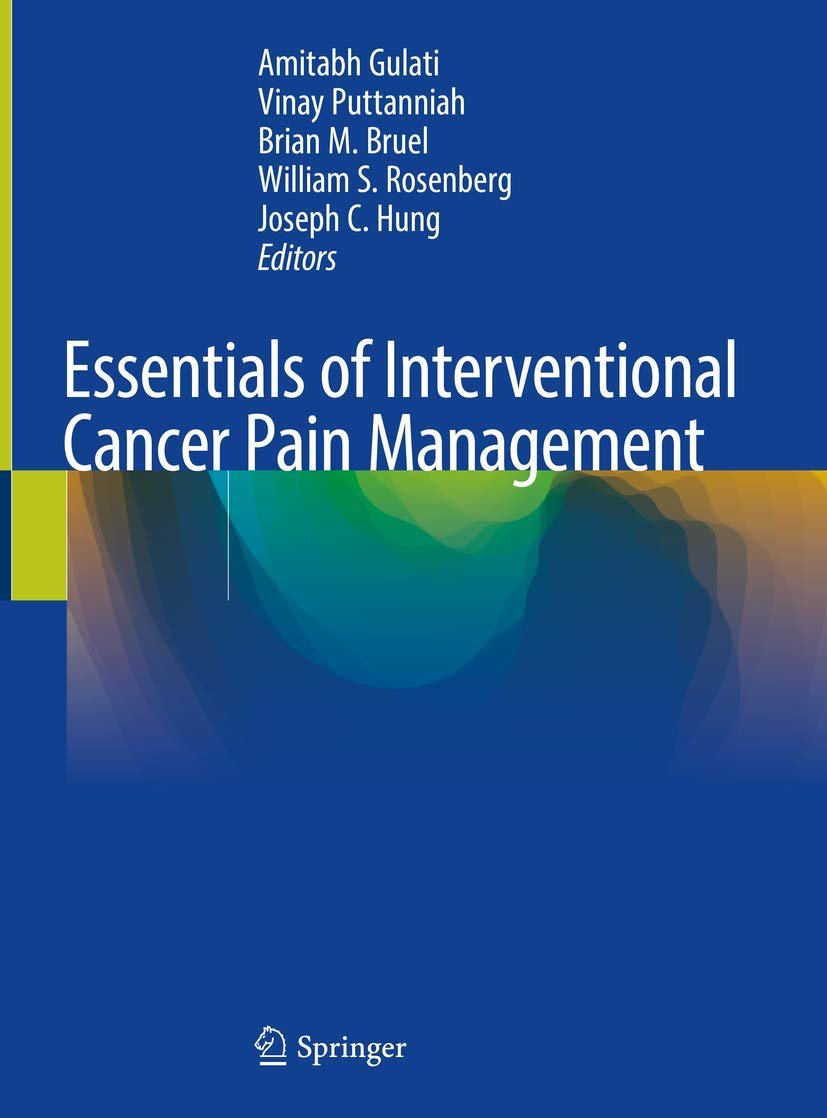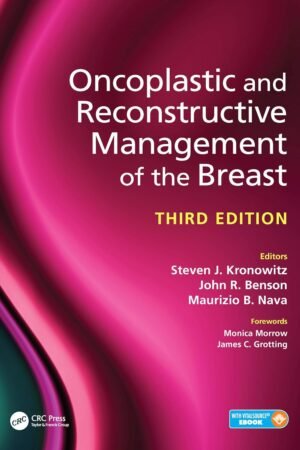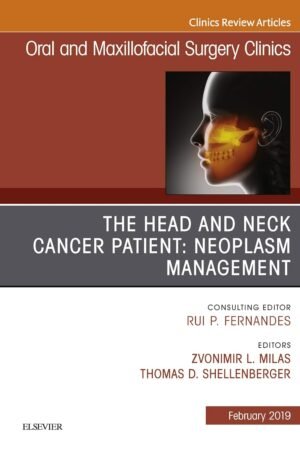Essentials of Interventional Cancer Pain Management PDF
FREE
📘 Essentials of Interventional Cancer Pain Management PDF
Essentials of Interventional Cancer Pain Management PDF is a practical guide for clinicians who care for patients with cancer-related pain. The book focuses on modern interventional techniques that extend beyond standard drug therapy. It helps oncologists, anesthesiologists, pain physicians, and palliative care specialists deliver safe and effective treatment.
Pain Assessment and Evaluation
The book begins with a clear framework for assessing cancer pain. It explains how doctors should evaluate not only physical symptoms but also emotional and social aspects. Accurate diagnosis is essential because it guides the choice of therapy. With practical tools and examples, the authors show how to identify pain patterns and plan suitable interventions.
Interventional Techniques
The central chapters describe procedures such as nerve blocks, neurolytic injections, intrathecal drug delivery, and vertebral augmentation. Each technique is explained step by step with details about indications, contraindications, and safety measures. By offering real-world guidance, the book allows clinicians to perform these procedures with greater confidence.
Integration With Other Therapies
In addition, the handbook highlights how interventional methods combine with drug therapy, radiotherapy, and psychological support. Case studies demonstrate the value of a team-based approach. When different specialties work together, patients experience more relief and an improved quality of life.
Ethical and Communication Aspects
Another important section addresses ethical decision-making and communication skills. The authors stress that managing cancer pain is not only about procedures. It also requires empathy, clear dialogue, and respect for patient preferences, especially during advanced disease or end-of-life care.
Why This Handbook Matters
Cancer pain is a serious global challenge. Standard medications are often not enough, leaving many patients with unresolved suffering. Interventional techniques provide targeted solutions that reduce pain at its source. Therefore, this book equips healthcare providers with tools to improve outcomes while reducing unnecessary suffering.
For further knowledge, readers may explore the World Health Organization Palliative Care Guidelines, the American Cancer Society, and the National Cancer Institute. These trusted sources complement the approaches explained in this text.
🔗 Download available at:











